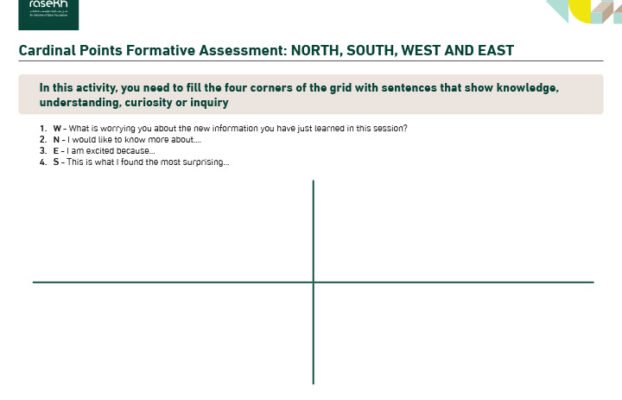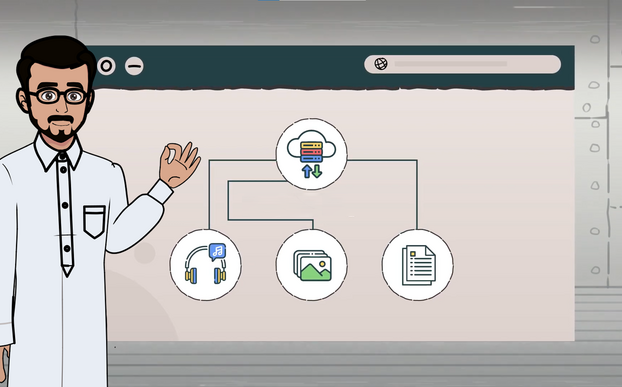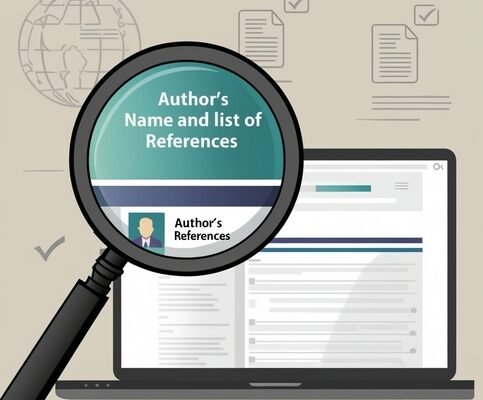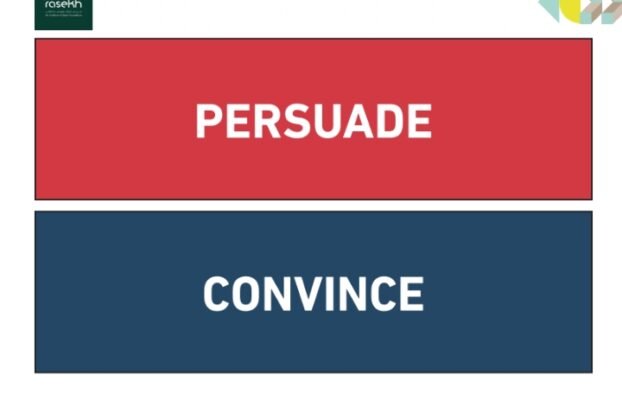Marine Turtles
Conserving Marine Turtles in Qatar
-
Sustainability
QNV 2030: Environmental Development
-
Resource Plan
-
SDG 14: Life Below Water, SDG 15: Life on Land
-
15 - 16 years
-
Geography, Language(s), Science
-
Resource ID: 18549
- Share Feedback Embed Resource
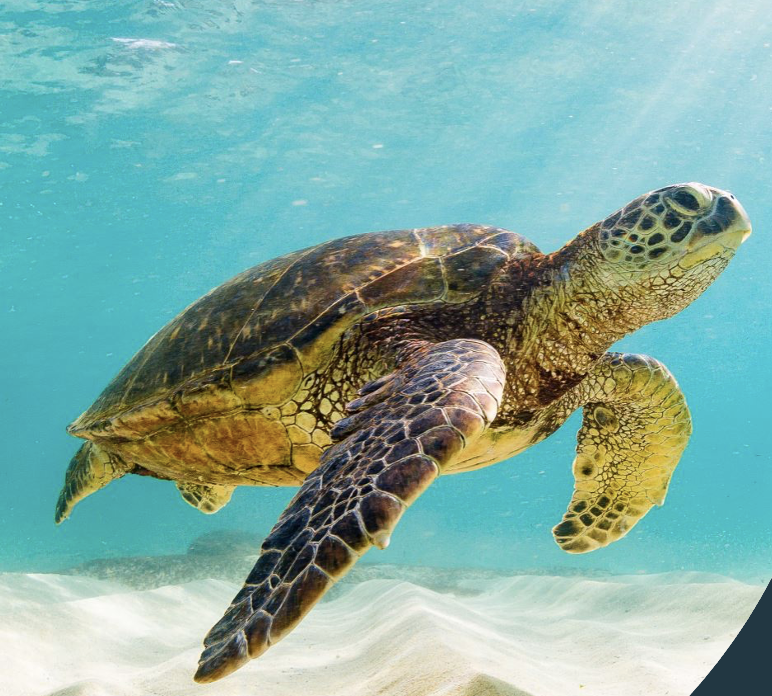
Overarching Goal(s)
- To inspire students to act in local/global sustainable ways.
- To equip learners with the knowledge, skills, motivation and understanding to demonstrate the importance of Glocalization as a sustainable model for learning.
Learning Outcomes
- Learners discuss, plan and evaluate learner-initiated action using sustainable approaches.
- Learners describe, explain and interpret the characteristics, structures and interactions of a theme, group, project or organization related to glocalization.
Possible Duration (Hours)
11 hours
Qatar National Vision 2030 Connection
Qatar National Vision 2030: the students will understand how the environmental development pillar applies to the conservation and protection of marine turtles in Qatar which can be applied to global contexts.
English: https://www.gco.gov.qa/en/about-qatar/national-vision2030/
Arabic: https://www.gco.gov.qa/ar/about-qatar/national-vision2030/
Source: Government Communications Office (2023). Qatar National Vision 2030. [online] Government Communications Office. Available at: https://www.gco.gov.qa/en/about-qatar/national-vision2030/
Sustainable Development Goals (SDGs) Connection
SDG 14 and 15: Life Below Water; Life on Land: This lesson tool will be understanding; observing the significance of conserving and sustaining the protection of marine turtles.
The 17 Sustainable Development Goals (Source: United Nations)
English: https://sdgs.un.org/goals
Arabic: https://sdgs.un.org/ar/goals
Source: United Nations (2024). The 17 Sustainable Development Goals. [online] United Nations. Available at: https://sdgs.un.org/goals
Action Learning Outcomes
- Learners discuss, evaluate and plan student-initiated activities.
- Learners persevere in action.
- Learners work collaboratively with others.
Content
The content of the lesson tool revolves around understanding, conserving the protection and sustainability of marine turtles.
Resource Utilization and Identification: Qatar University (QU)
Subject Matter: Geography, English and Science. Identifying characteristics, predators, analyzing map data; turtle’s nesting regions, survival, and potential threats.
Glocalization Connections: Sustainable actions to conserve marine turtles locally and globally.
Differentiation: Provide guidance to the students who require support to create the presentation that they are comfortable with; to address their issue and solutions. They could also work with a high ability student to help them comprehend assigned task(s).
Critical Thinking: Encourage students to explore the life cycle of marine turtles and suggest ways to conserve and protect their sustainability locally which could be applied globally.
Real-world Application: Students discuss and explain how we are responsible for the protection and conservation of marine life in Qatar.
Strategies
The strategies employed in this lesson tool are designed to foster analyzing, critical thinking, inquiry, collaboration, and innovative engagement. They include visible thinking routines, responsive pedagogy, and problem-solving approaches to adapt to students’ needs and encourage active participation. Students apply meaningful learning experiences that connect to the sustainability protecting and conserving marine life in Qatar.
Responsive and Adaptive Pedagogy: Adjust the pace and level of guidance based on student responses and engagement.
Visible Thinking Routines: Implement the “Connect-Extend-Challenge” is used as a collaborative strategy where students work together to solve a problem about the assigned topic, promoting to think individually and share their responses while challenging them to think deeper.
Inquiry: Encourage students to inquire about the significance of conserving marine life in Qatar.
Collaboration: Facilitate a class discussion forum where students can share and compare their perceptions, promoting collaboration and the exchange of diverse perspectives.
Assessment for and as Learning: Use formative assessments for student responses and presentations.
Problem-Solving: Ask students to identify and propose solutions to challenges locally and/or globally that endanger marine life.
Learning Experiences
Learning Engagement 1: To Identify the Characteristics of Marine Turtles
Resource 1: Marine Turtle Species in Local Coastlines Presentation: https://rasekh.qa/en/resource/marine-turtle-species-in-local-coastlines/
Introduction:
The teacher will begin by sharing slide 2 from the Resource 1 presentation, and will explain to the students that they will work in pairs to complete the Connect-Extend-Challenge visible thinking activity. The teacher will ask each student to record their responses in their subject notebook.
Connect- Extend-Challenge Activity
Connect: Where would you find marine turtles? What are the names of the main Gulf coastlines where marine turtles might be found?
Extend: Do you know the species of marine turtles? What are some characteristics of marine turtles?
Challenge: We have a duty and responsibility to conserve and protect our environment, including animals living below the sea and on land.
What might be some responsible actions an individual should take towards conserving and protecting marine animals locally/globally? The students will need to provide an example of a responsible action.
The teacher will share slide 3 from Resource 1 with the students, asking them to answer the following question: How can the United Nations Sustainable Development Goals 14 and 15, and the Qatar National Vision 2030, Environmental Pillar apply to help conserve marine turtles?
Reflection:
The teacher will ask each pair to take turns to share their responses to the other groups. The teacher will facilitate a class discussion to promote and extend questions that require deeper thinking, and inquiries.
Activity
Research a marine sea turtle
The teacher will share slide 15 from Resource 1 with the students, highlighting the main GCC coastlines. The teacher will then share slides 4-13, the introduction and the five species of marine turtles: Green Turtle, Hawksbill, Loggerhead, Leatherback and Olive Ridley. The teacher will facilitate a class discussion to discuss each turtle’s maturity, features and habitat, noting down the similarities and differences between them. The teacher will split the students into five small groups and each group will choose to research one of the five species of marine turtles. The teacher will try to make sure the groups make varied choices.
Then the teacher will explain to the students that they can choose to design a labeled 3D model, poster, leaflet, web page, Powerpoint or Blog Post for their chosen turtle. The teacher will encourage students to demonstrate their research in a creative and interesting way. Each group will use the chart on slide 16 to record the information about their chosen turtle.
Students are encouraged to use reliable internet sources to research any information required for their chosen turtle, and/or utilize their school library resources; Qatar National Library resources to locate the information.
Student agency
Prior to commencing the activity, each group should create a rubric to help them track the requirements to create a successful presentation, which provides them with agency. The teacher can check and monitor student’s progress as she visits each group, and provide positive feedback to challenge different student ability groups.
Reflection
Each group will share their creative presentation with their peers. Opportunities might be provided where the teacher could arrange a visit to another school to allow students to share their research, choose a suitable grade level within their own school, or provide an opportunity for some students to present at the school assembly.
Learning Engagement 2: To Analyze Tracking Map Data and Create a Graphical or Visual Chart
Instructions
Prior to the lesson the teacher will print out (in color) sufficient A4 copies from slides 19, 21-22, Resource 1, which will be shared equally between each small group of students.
The teacher will display slide 19 from the Resource 1, and will explain to the students that they will think, analyze and discuss the maps/ images provided to them from slides 21-22 in their groups. They will record their answers in their notebooks. The students will then collaborate in their small groups to complete the challenge activity using an Excel spreadsheet to create a visual chart, Powerpoint or Poster presentation to display a visual chart.
Think: What might this represent?
Analyze and Discuss: The trends, patterns, key tracking map routes.
What does the key represent?
Where do the turtles spend their time; in which season?
Which season are they likely to return to their nesting place?
In which direction do the female turtles roam, and in which countries?
Challenge Activity: Analyze and create a graphical or visual chart that represents the route of marine turtles between the nesting seasonal years 2010-2013.
To support students who struggle with the challenge activity, they can create charts that demonstrate the years 2010-2011, or 2012-2013.
Reflection
Each group will be invited to share their findings and chart presentations with the rest of the class.
Learning Engagement 3: To Identify the Potential Threats Faced by Marine Turtles
Instructions
The teacher will share slide 23 from Resource 1 with the students, and explain that there are a number of threats that sea turtles might face. The teacher will ask students to record individually, why they think marine turtles face potential threats and what might these threats include? They should make a list of issues and ideas in their notebooks. Then they will partner up with other students to share and discuss their ideas.
Reflection
Students will be invited to share their ideas with the rest of the class. If a student disagrees and wants to challenge any issue, or idea, encourage them to do so, by allowing them to provide justifiable and credible reasoning that supports their argument.
Activity
Investigate the threat and taking sustainable action
The teacher will need to print the investigation slides, slides 24-26, Resource 1, prior to the lesson to distribute to each group of students.
Investigation 1 (slide 24, Resource 1)
Investigation 2 (slide 25, Resource 1)
Investigation 3 (slide 26, Resource 1)
Extra copies will be needed to ensure each group has an investigation to solve.
The teacher will share slides 24-26 with the students, explaining there are three investigations that need exploring, and they will be working in small groups to solve one of these investigations. Two groups might have the same investigation to solve.
Students will be provided time to brainstorm ideas and research their responses to report back. They will prepare a report to provide back to their supervisor (teacher) detailing the issue(s), and suggest sustainable ways to conserve and protect marine turtles.
Reflection
Each report will be added to a ‘class digital folder’ where other students can read and add positive comments, or thoughts.
The teacher will then display and share slides 27-28 from Resource 1 with the students to discuss and highlight the predators that can potentially harm the marine turtles.
Checking for Understanding
Learning Engagement 1: To Understand the Connection and Life of the Marine Turtles in the Sea and on Land
Check and assess responses to the Connect-Extend-Challenge activity.
Learning Engagement 2: To Analyze Tracking Map Data and Create a Graphical or Visual Chart
Check and assess responses from presentation charts.
Learning Engagement 3: To Identify the Potential Threats Faced by Marine Turtles
Check and assess responses from the investigation reports.
Key Vocabulary
coastline, conserve, diet, endangered, environment, habitat, marine, nesting, ocean, migration, population, predators, protection, sea, shores, species, sustainable, threatened, tracking, turtles
Resources
Resource 1: Marine Turtles Species in Local Coastlines Presentation: https://rasekh.qa/en/resource/marine-turtle-species-in-local-coastlines/
Resource Publisher
Qatar University (QU)
Qatar University is one of the leading institutions of academic and research excellence in the GCC region. It provides high quality undergraduate and graduate programs that prepare competent graduates, primed to shape the future of Qatar. The organization's strong relationship with Qatari society is reflected in its community service efforts and in its vibrant research portfolio that addresses relevant local and regional challenges, advances national goals towards a knowledge-based economy, and contributes actively to the needs and aspirations of the society.

